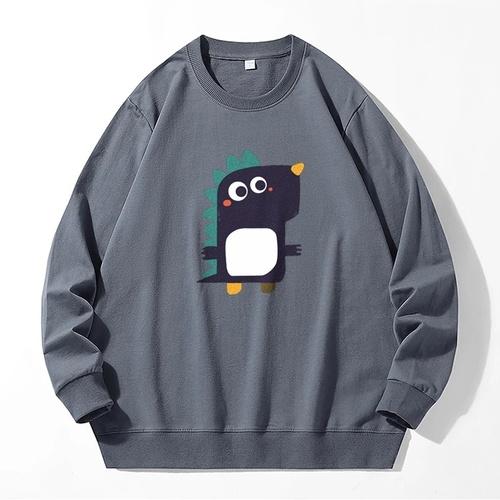Learning to identify the logo of environmentally friendly fabrics is an understanding of the certification standards for environmentally friendly fabrics. I will introduce it to you in detail below.
First of all, environmentally friendly fabrics refer to fabrics that are friendly to human health and the environment. In order to ensure that consumers can choose truly environmentally friendly fabrics, some international certification standards have been established. Common ones include REACH, Oeko-Tex Standard 100, GOTS, etc.
1. REACH: REACH is a chemical regulatory regulation formulated by the European Union, whose goal is to protect human health and the environment. According to REACH, fabrics need to pass tests to limit or exclude harmful substances. Therefore, if a fabric obtains REACH certification, it meets the environmental protection requirements of the European market.
2. Oeko-Tex Standard 100: Oeko-Tex Standard 100 is an independent international certification system designed to ensure that textiles are harmless to the human body. The certification mark is divided into different categories, ranging from direct contact categories where the product comes into contact with the skin to categories where the assessment is based on indirect contact with the skin. If a fabric obtains Oeko-Tex Standard 100 certification, it means that no harmful substances are used in the production process and it is not harmful to human health.
3. GOTS: GOTS is a global organic textile standard and one of the leading international standards for certification of textiles and related processing processes. Fabrics certified by GOTS need to meet a series of environmental protection and social responsibility requirements, including organic farming and no use of harmful chemical ingredients.
In addition to the above certification standards, environmentally friendly fabrics can also be identified through the following methods:
1. Raw materials: Environmentally friendly fabrics usually use natural fibers or organic fibers as raw materials, such as organic cotton, bamboo fiber, hemp fiber, etc. Natural or organic fibers have a lower environmental impact and better biodegradability than synthetic fibers.
2. Production process: The production process of environmentally friendly fabrics should reduce environmental pollution and waste of resources. For example, water-based dyeing or recycled fiber production technology can reduce water consumption.
3. Corporate social responsibility: Choosing fabric suppliers with good corporate social responsibility is also an important aspect of choosing environmentally friendly fabrics. These suppliers should comply with local environmental regulations, pay attention to employee welfare, and assume corresponding social responsibilities.
In summary, learning to identify environmentally friendly fabric logos requires understanding certification standards and considerations for raw materials, production processes and corporate social responsibility. The correct selection of environmentally friendly fabrics is of great significance to protecting the environment and promoting sustainable development. .






